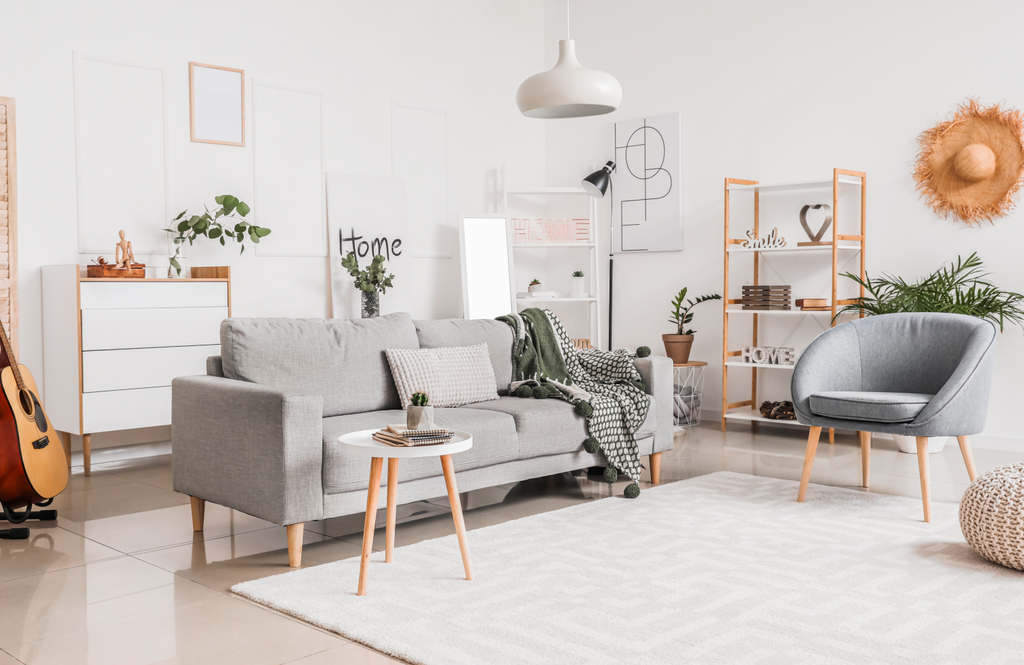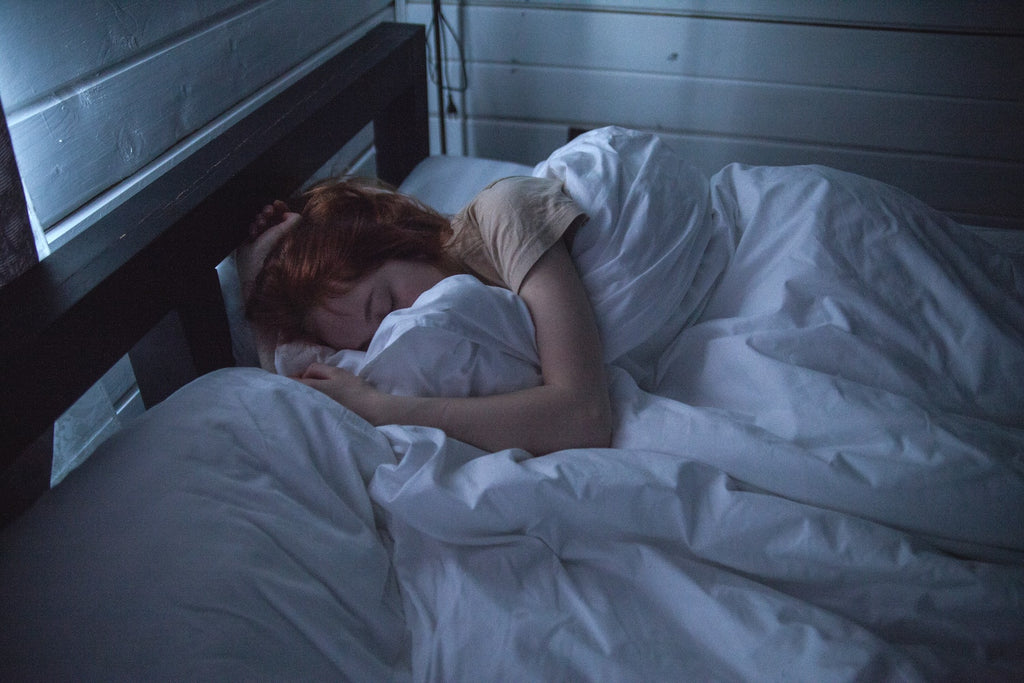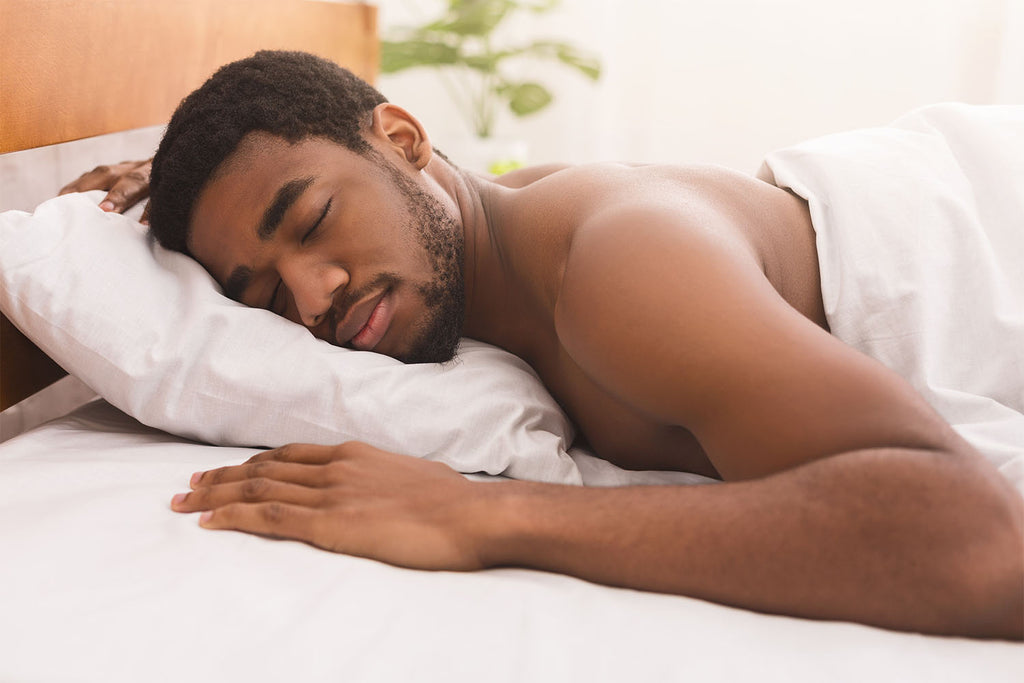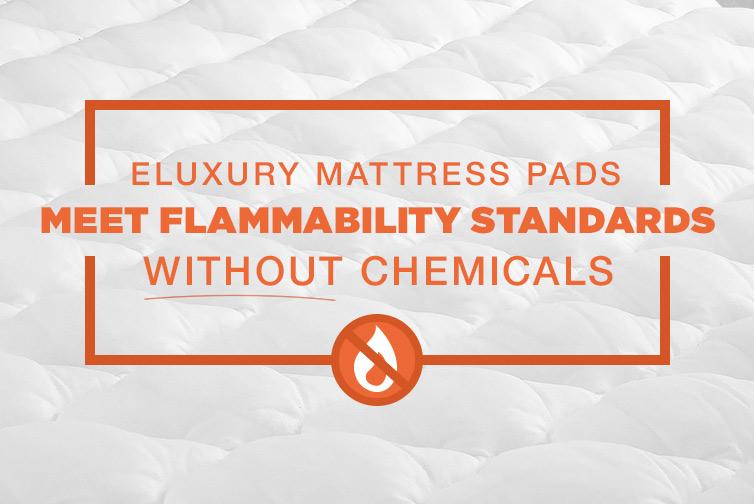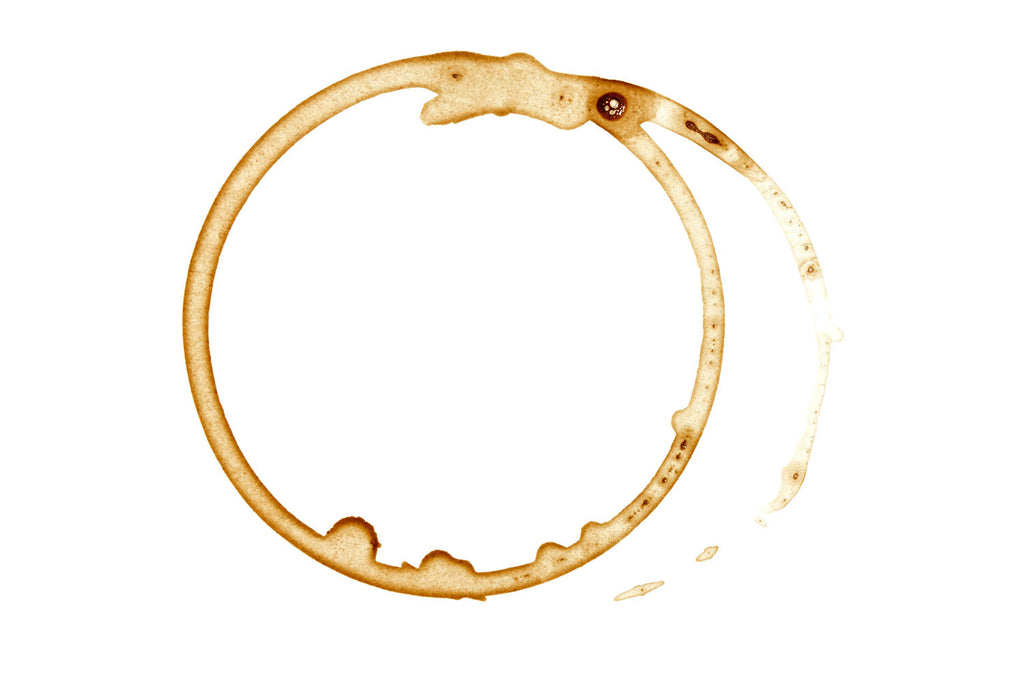
Rayon v.s. Bamboo: What's the Difference?

You might be wondering what all the craze is about. Why do we, here at eLuxury, continue to expand our line of bamboo-associated products — from our top-selling Bamboo Mattress Pad to Bamboo sheets and even our ultra-soft bamboo fabric towel sets — what is all the fuss about? Why should you choose to put bamboo on your bed and in your bathrooms?
We guess in two words you could sum it up —renewable resource. As we know, our galaxy is comprised of tons of stars and planets… but ours is different from all that we know… ours sustains life. We have this beautiful Earth that provides the essentials we need for life and more.
We were even lucky enough to have a supply of limited natural resources like oil to help make our lives substantially easier and more advanced than ever possible. Yet we consume. And consume. And CONSUME.
Where is the love for Mother Earth? A quick Google search and you’ll find that scientists estimate two-thirds of our resources have been depleted. And that was in 2005!
We have to find a balance, people. We have to give back to Mother Earth for giving so much of her value to us.
How do we do it? Renewable resources used by the textile industry. How fast does bamboo grow? Around 24-36 inches… A DAY. It also converts about 35% more CO2 into oxygen than a normal tree.
What Is Bamboo?
Bamboo is some sort of wild hybrid between grass and a tree. It has many great uses, and products manufactured from bamboo viscose (also called viscose bamboo) are created from fibers derived almost directly from bamboo pulp. It is basically good to go as it is, and if you look close enough at a felled bamboo stalk, you can almost see the hand-written note from Mother Nature. “You’re Welcome” – M.N.
What is my point? What are we getting at? Well, if you are on our website, you are in search of a product that we likely carry as bamboo clothing. You are also probably an intelligent online shopper if you have found your way to our site. You know to do your research before buying online.
The point is that bamboo is an incredibly fast-growing plant. It generates raw material that is becoming a key player in the renewable resource world. Why?
Because it grows incredibly fast (up to several inches a day) and produces 30% more oxygen than regular trees. Not only does it replace itself quickly after it’s harvested, but it helps to replenish the atmosphere in a big way.
What Is Rayon?
You have looked for sheets or towels or other products and have come across the term “rayon.” And often, out in the wild of the internet, you’ll probably see the terms “rayon” and “bamboo” used somewhat interchangeably. There’s a good reason for that, but there are some subtle differences between the two.
The Manufacturing Process
The word rayon more-so describes the method for making a fabric fiber rather than the fiber itself. Essentially rayon is a fiber made from natural resources that are processed in such a way that changes its structure to become a fiber in a fabric.
To make rayon, you first need to gather cellulose from a natural source. Most of the time, that source is wood pulp (you can probably see where this is going). Once you get that wood pulp, it is crushed up and broken down, purified, and reconstructed through chemical modification.
Once you’ve got a nice beautiful fiber, you can spin it into yarn which can be used to make all sorts of fabrics, from clothes to sheets and bedding.
Luckily, OEKO-Tex monitors the toxic chemical output and the chemical processes used in manufacturing. This includes harmful chemicals, pesticides, and fertilizers, as well as labor ethics. If you see an OEKO-Tex symbol or from a similar organization (like the Federal Trade Commission), you’ll know that it’s sustainable, like those made with a closed-loop system.
So What’s the Difference?
Most rayon fabric is, in fact, derived from the inner reeds of the bamboo plant (cellulose mostly from wood pulp), from which it is allowed to be considered “semi-synthetic fiber.”
After the tree is mechanically crushed, it goes through a natural washing process that breaks down the walls and extracts the bamboo fibers. Then the fibers are then spun into yarn to make various products such as sheets, pillow covers, mattress pads, etc. In the end, when it comes to rayon vs. bamboo, rayon is the end result of processing the bamboo plant.
Rayon is the process; bamboo is the material. That means that when you see fabric products out there that advertise “100% bamboo linen,” they’re made with bamboo rayon.
Advantages of Bamboo Rayon
There are so many reasons why bamboo rayon is becoming more and more popular among manufacturers and consumers alike.
For starters, as we mentioned above, it’s a great way to take care of Mother Nature. We’ve used up so many natural resources on this planet. We can take some of the burden off of the earth by utilizing a highly renewable resource like bamboo for our fabric and paper products.
Versatility
Being eco-friendly isn’t the only advantage of rayon. Natural bamboo rayon is one of the most versatile fibers out there. Depending on how it is processed, it can behave like pretty much any fabric that you could possibly want it to. Change the process, and you can get a product that’s similar to cotton, polyester, and more.
Absorbency
On top of that, it’s quite absorbent, which makes it super easy to dye. Changing the color of bamboo rayon is much simpler than with other, less-absorbent fibers.
The absorbancy goes beyond just making it easy to dye. It also helps to wick moisture off your body. So sheets, shirts, and mattress pads made of rayon can help to cool your body in this way and give you a super comfortable experience as nothing else can.
Temperature Regulation
And finally, when processed correctly, rayon can be used as a non-insulated fabric, while cotton is an insulated fabric. For things like sheets and other textile products, the breathability that comes from this is a huge advantage. It helps regulate your body temperature while you sleep so that you can get better rest night after night.
Super Soft
Because of rayon’s versatility, it can be one of the softest materials out there and is resistant to pilling and wrinkles. When made properly, it can feel almost as soft as silk. The unique natural fibers glide across your skin, and the fabric is so light and fluffy. It’s what makes bamboo bedding such a desired product.
Combine the softness with the breathability and moisture-wicking qualities, and you’ve got one of the best materials for sheets that are out there. This fabric has some major advantages over its competitors.
Healthy and Sometimes Hypoallergenic
Because it’s bamboo, rayon is one of the most sanitary materials for fabrics and sheets out there. Bamboo is naturally antibacterial, antimicrobial, and hypoallergenic, so it helps to keep away unwanted pathogens naturally, keeping you safe and sound throughout the night.
This also helps to deal with a lot of allergens like dust mites or pet dander. If you have trouble sleeping throughout the night due to stuffy noses and sneezes, rayon could help you get a better night of sleep.
However, there are some people who should not make the switch to bamboo rayon. Some people with allergies to pollen, sap, or trees could potentially have some allergy trouble with rayon. So if you have these allergies, talk to your doctor before making the switch.
Bamboo Rayon
Bamboo rayon is an amazing way to create sheets and clothes that are sustainable and comfortable.
When you buy rayon, you are buying bamboo: one of the softest materials in the world. So if you have been intrigued enough to read this far, we hope you will take my advice during a time when we must be more environmentally conscious than we ever have… and buy bamboo!
If you’re looking for rayon bedding products, you might want to check out our website: eLuxury. We’ve got a great selection of rayon products, from sheets to pillowcases to mattress pads. So head on over and make the rayon switch today.
Sources:
Illustrated Glossary of Organic Chemistry - Rayon | UCLA
The Reality of Bamboo products: Are they sustainable? | Climate Policy Watcher
Two-thirds of world's resources 'used up' | Science | The Guardian
